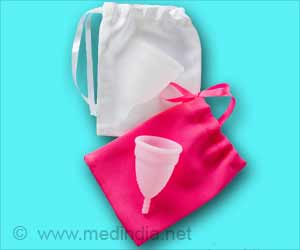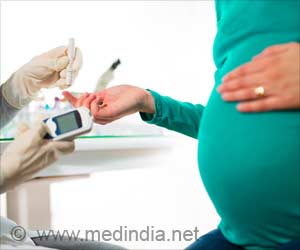Children with ADHD responded positively when treated with stimulant medications rather than nonstimulant medications or novel stimulants
Children with ADHD responded positively when treated with stimulant medications rather than nonstimulant medications or novel stimulants. Researchers have proved that stimulant medications, such as mixed amphetamine salts (MAS) and methylphenidates are significantly more effective when compared with nonstimulant medications such as modafinil.
This conclusion is based on a meta-analysis of 29 controlled-treatment studies representing the past 25 years of research involving nearly 4,500 children with ADHD presented recently at the 2006 American Psychiatric Association meeting in Toronto, Canada.Among stimulant medications classes, long-acting mixed amphetamine salts (MAS XR) and immediate-release mixed amphetamine salts showed a similar level of efficacy to short- or long-acting methylphenidates. The effectiveness of short- and long-acting stimulants did not differ from one another.
“The larger effect sizes we calculated for stimulant ADHD medications, compared to nonstimulants or the novel stimulant modafinil, leads us to conclude that amphetamine and methylphenidate based stimulant medications are more effective in treating symptoms of ADHD,” said Stephen V. Faraone, Ph.D., lead researcher and director of child and adolescent psychiatry at SUNY Upstate Medical University. “Our results should help physicians who have had to rely on qualitative comparisons among published trials, along with their own clinical experience, to draw conclusions about an ADHD medication’s relative efficacy because of largely absent direct head-to-head drug comparisons.”
The researchers compared study outcomes using effect sizes, a commonly used, standard statistical measure to determine the magnitude of a particular effect resulting from an intervention, such as a drug used on a population, irrespective of the population size. Effect sizes are generally categorized as small (0.2), medium (0.5) and large (0.8). Standardized mean averages, or effect sizes, for dependent measures in each study were computed by taking the mean of the active drug group minus the mean of the placebo group and dividing the result by the pooled standard deviation of the groups.
After adjusting for the influence of individual study design features, the researchers calculated effect size based on Total ADHD scores. Long-acting and short-acting stimulant medications showed the largest effect size among all medications (E = 0.83 and E = 0.9 respectively), followed by nonstimulant or modafinil based stimulants medications (E = 0.62). Statistically significant differences in effect size occurred in comparisons between nonstimulant/modafinil based stimulant medications and long-acting (p = 0.004) as well as short-acting stimulants (p = 0.002).
For the analysis, Faraone and his colleagues used data from 29 double-blind, placebo-controlled treatment studies of 4,465 children with ADHD, with an average age 10 years, published during or after 1980. Designs for all of the studies were randomized, double-blind with placebo controls that lasted for two or more weeks in populations diagnosed with ADHD as defined using criteria from the American Psychiatric Association’s Diagnostic and Statistical Manual of Mental Disorders, Revised Third Edition or Fourth Edition (DSM).
Advertisement
Source: Newswise











